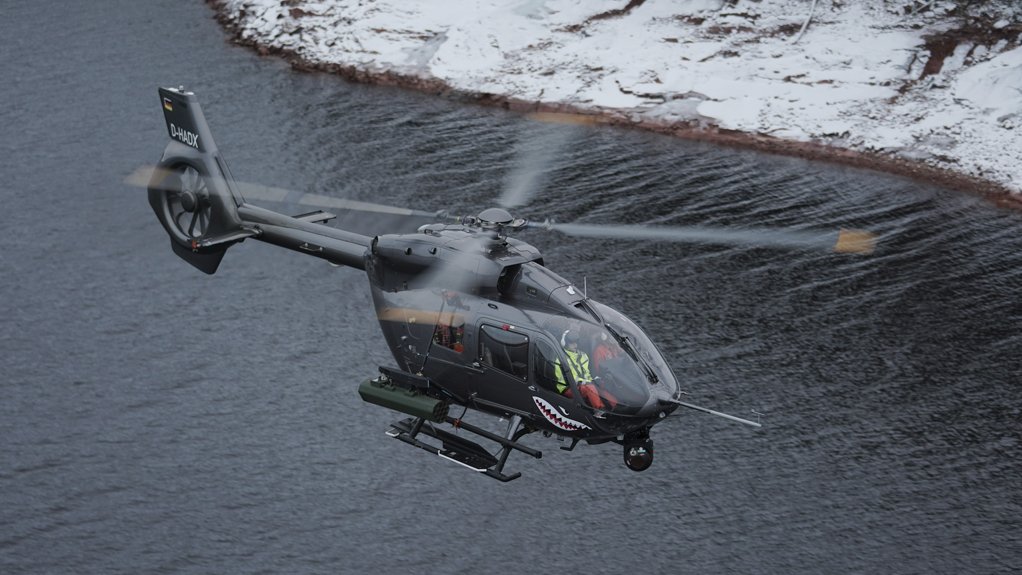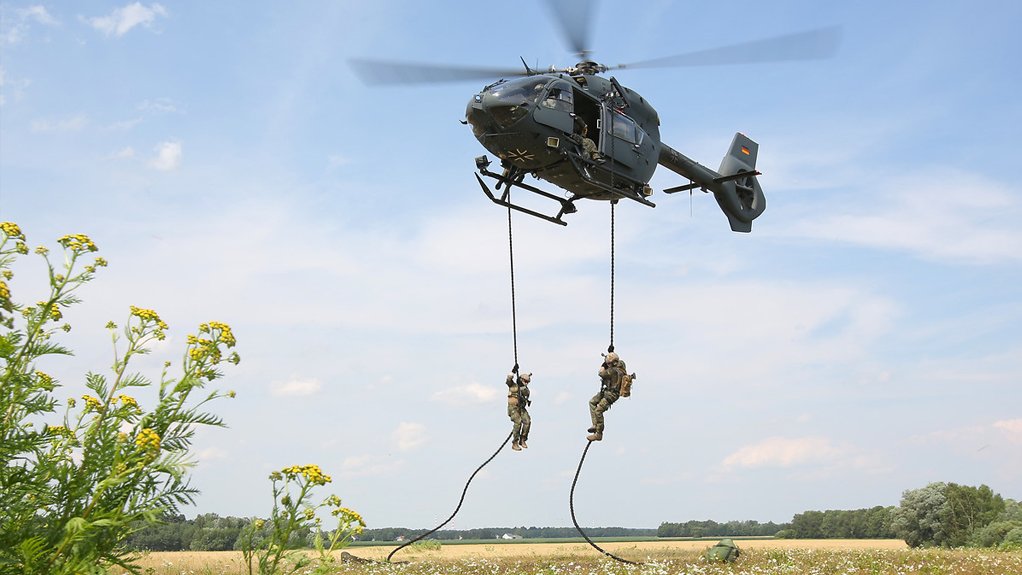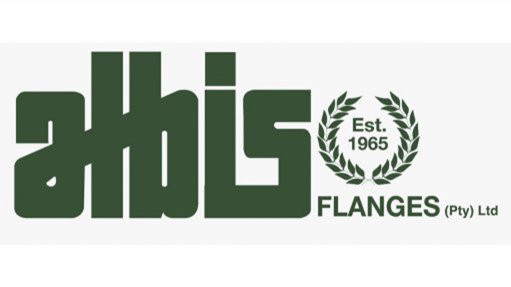Airbus to pour more focus into multirole military helicopters based on civilian airframes



Airbus' H145M seen here with a rocket launcher and optical imaging system
German special forces rappel from their H145M
Air force and military helicopter operators with an interest in reducing aircraft operational costs are who major aerospace manufacturer Airbus is focussing on in an effort to assist military helicopter operators keep assets in operation and well-maintained.
In this regard, Airbus is building on its philosophy of adapting certain of its civilian helicopters into military specification – a process that culminates in such new helicopters receiving the letter M in their naming protocol.
For the most part, Airbus M-spec helicopters are those adapted from civilian specification but which have military components, including the ability to be armed, incorporate imaging solutions for surveillance-type work and hoists to manoeuvre personnel to and from the helicopter.
Airbus sales promotion manager Ralf Nicolai, speaking to Engineering News on the sidelines of the Africa Aerospace and Defence Expo on September 22, says that because M models are built on existing civilian helicopter airframes, research and development costs that would otherwise go into developing a military-specific helicopter are cut, as are maintenance costs. This is because M variants can be serviced from existing service centres, using easily available and widespread parts inventories.
He adds that because Airbus has added military components to M helicopters means such helicopters can also be reconfigured by operators, without Airbus technicians, in a short space of time to serve a different role. They can also be used in multiple roles owing to their use of off-the-shelf components that can be quickly and easily swapped out.
As an example, an armed M variant helicopter can have its armaments removed and replaced with seats, stretchers and medical equipment to serve in a casualty evacuation role, or even as a search and rescue platform in the event of a natural disaster.
Nonetheless, to serve in military applications, M-spec Airbus helicopters can be armed with an array of weapons, from machine guns to missile pylons and rocket pods, as well as surveillance and target acquisition components.
Further, Airbus is noting an increase in interest in multirole and cost-effective military aircraft as a result of Russia’s invasion of Ukraine and the general destabilising of regional security in central, northern and south-eastern Europe as a result.
This is resulting in especially European countries boosting budgets to acquire modern military equipment to address new threats and rising national security concerns, says Nicolai.
To date, Airbus offers M specification on its civilian H125, H145, H160, H175, H215 and H225 models, as well as a military training model of the H135 and can be identified with the addition of the M classification in the model names.
At the smallest and most cost-effective end of the spectrum, the Airbus H125M is positioned as a light 2 t class single-engine variant providing a small footprint, discrete operability and good manoeuvrability at a low purchase and operational cost, as well as being easy to operate and service.
The H145M is more suited to battlefield support and light attack applications, being able to airlift as many as ten troops. This variant can also be used for maritime security applications.
Moving up to the biggest in the M class, the 11 t H225M has long been used by several air forces globally and has the ability to transport 28 troops in cabin seats or 14 troops in energy-absorbing wall-mounted seats.
Operations are facilitated by two large sliding cargo double doors and two large sliding windows for machine gun installation, which leaves the main cabin doors unobstructed. The H225M also offers external airlifting capacity of up to 4.7 t.
The available models also include the military training helicopters H153 and H145M – both light twin-engine variants; the HIL H160M – a medium twin-engine model with wheeled landing gear; the H175M – a super-medium twin engine model; and the H215M and H225M – both heavy twin-engine models.
“The latest developments are really focussing on the 145M because we have seen it has had the biggest success on the market. It seems to be just the right size that military forces are looking for.
“We have sold more than 20 to Hungary [and] Serbia; we are already [with] the German special forces. The feedback we are getting from these [forces] is very positive,” states Nicolai.
“We can clearly see that the most interest right now goes onto the 145M . . . [it is a] medium-sized platform, which is very versatile, affordable and that principle of having a commercial support for that aircraft is going to be part of the biggest success,” he says.
Airbus’ approach is to provide and adapt its modular systems offerings. “Depending on [the client's budget, there] is a solution [available]. Even if you have a small budget, we have a relatively simple solution [to meet that need],” says Nicolai.
Meanwhile, converting a civilian helicopter into an M variant also serves to improve its multirole capabilities, as he says is being done as a prime example in Luxemburg. “The Luxemburg army / air force is sharing [their M helicopters] with the police, but they also have outfits to do emergency medical services [EMS]. They do everything with the aircraft.”
In this multirole application, Nicolai says a fully-armed H145M can be re-outfitted by two or three personnel in about an hour to serve a completely new purpose, such as an EMS role.
“That is the most important approach from us on it, to bring exactly that capability. [Although] it is a military platform, [in the event] there is a natural disaster, you [no longer] need weapons, you need to save people, and you can do it.
“You remove those weapons, you put them into the shelf, you put in seats [and] stretchers, medical equipment,” he says.
Nicolai describes the M variants as the “Swiss Army Knife” of helicopters.
Article Enquiry
Email Article
Save Article
Feedback
To advertise email advertising@creamermedia.co.za or click here
Comments
Press Office
Announcements
What's On
Subscribe to improve your user experience...
Option 1 (equivalent of R125 a month):
Receive a weekly copy of Creamer Media's Engineering News & Mining Weekly magazine
(print copy for those in South Africa and e-magazine for those outside of South Africa)
Receive daily email newsletters
Access to full search results
Access archive of magazine back copies
Access to Projects in Progress
Access to ONE Research Report of your choice in PDF format
Option 2 (equivalent of R375 a month):
All benefits from Option 1
PLUS
Access to Creamer Media's Research Channel Africa for ALL Research Reports, in PDF format, on various industrial and mining sectors
including Electricity; Water; Energy Transition; Hydrogen; Roads, Rail and Ports; Coal; Gold; Platinum; Battery Metals; etc.
Already a subscriber?
Forgotten your password?
Receive weekly copy of Creamer Media's Engineering News & Mining Weekly magazine (print copy for those in South Africa and e-magazine for those outside of South Africa)
➕
Recieve daily email newsletters
➕
Access to full search results
➕
Access archive of magazine back copies
➕
Access to Projects in Progress
➕
Access to ONE Research Report of your choice in PDF format
RESEARCH CHANNEL AFRICA
R4500 (equivalent of R375 a month)
SUBSCRIBEAll benefits from Option 1
➕
Access to Creamer Media's Research Channel Africa for ALL Research Reports on various industrial and mining sectors, in PDF format, including on:
Electricity
➕
Water
➕
Energy Transition
➕
Hydrogen
➕
Roads, Rail and Ports
➕
Coal
➕
Gold
➕
Platinum
➕
Battery Metals
➕
etc.
Receive all benefits from Option 1 or Option 2 delivered to numerous people at your company
➕
Multiple User names and Passwords for simultaneous log-ins
➕
Intranet integration access to all in your organisation
















